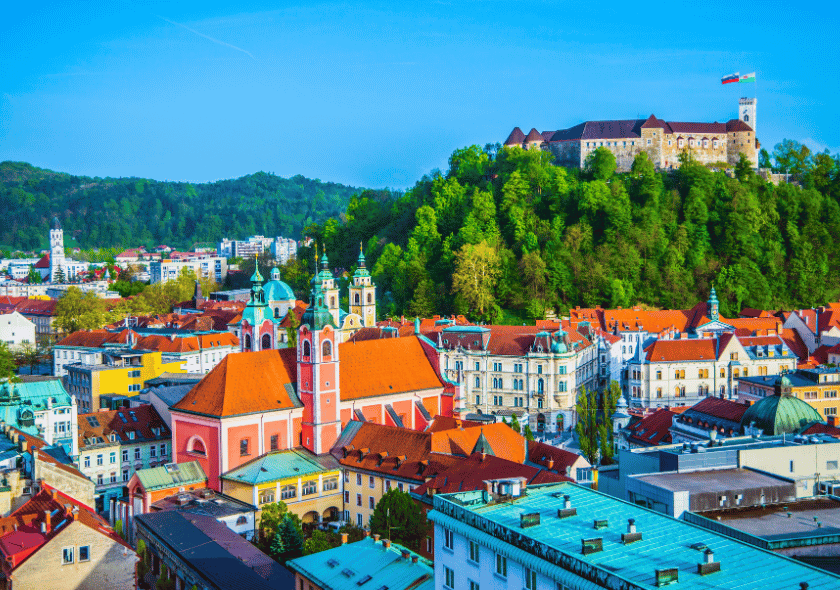Balkan capitals
How many Balkan capitals do you know? If you say just one or two, this is nothing to worry about! There has been a cloak of mystery around the Balkans for far too long. This so-called “enfant terrible” of Europe has been misunderstood by other cultures throughout history, and even today, so many people have their doubts about how legitimate it is as a good travel destination. Let’s reassure you: it absolutely is.
The Balkans is a region in which one can never tell what happens around the corner. These countries are so very different, yet at the same time, sharing so much in common. For a deeper understanding of this cultural and religious melting pot, review our comprehensive list of the Balkan capitals, which each, in their ways, reflect the combination of differences and similarities that make this region so interesting.
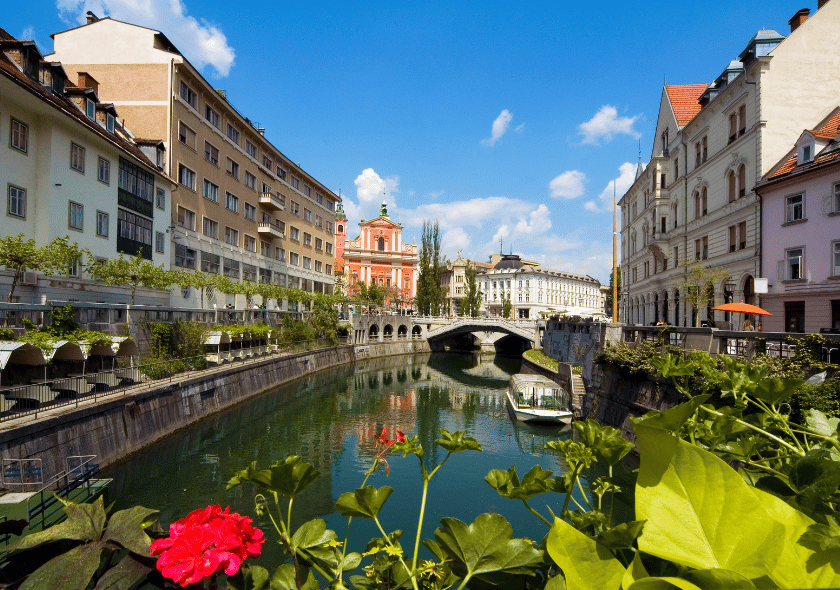
LJUBLJANA, SLOVENIA
Let’s start with the northernmost part of the Balkan Peninsula, although Slovenians often don’t like to connect themselves with the Balkans anymore since their independence from Yugoslavia back in 1991. Before turning into the pan-Slavic state, this charmer of a city—Ljubljana—was a part of the Habsburg Empire and still feels more connected with Western Europe than with its Balkan neighbors.
The influence of Vienna is everywhere in the elegant secession-style buildings sprinkled throughout the city. After the old town was closed to traffic, Ljubljana has gradually become one of Europe’s most livable capitals until, in 2016, it took the title of European Green Capital. The picturesque Ljubljanica River circumscribes the heart of the city and gives it a vibrant feel with its loads of bars, restaurants, and shops. With its exquisite embankments, it is an ideal site for leisurely strolls, popular with the locals and visitors alike.
Centrally located, Ljubljana is also an ideal base for exploring the rest of Slovenia and its many tourist attractions.
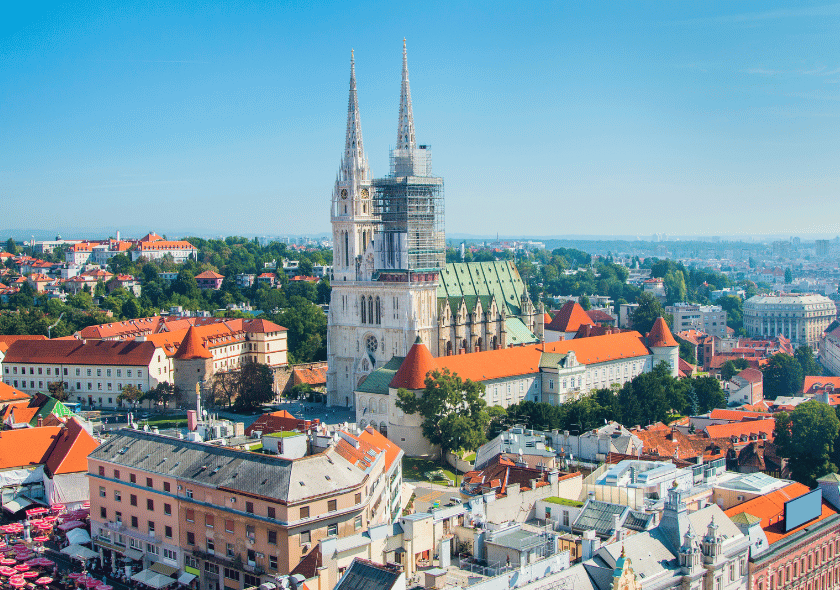
ZAGREB, CROATIA
Less than a two-hour drive from Ljubljana is Croatia’s capital, Zagreb; on paper at once both this closest friend in Balkans and its most obvious rival. The Croatian capital wants to get out of its Yugoslav history as much if not more than Ljubljana, framing the relationship with nation-building in part by attempting yet again to create a Westward identity. Slovenia and Croatia are the only states that emerged from a former Yugoslav republic to have joined the EU.
The historic Old Town can be found across two hills referred to as the Upper Town — Gradec and Kapitol. The area is home to many of the city’s most important landmarks — two unicorn Gothic towers and coat-of-arms creaky St. Mark´s Church, Croatian Parliament (Sabor), Palace of Government (Banski dvori)… Meanwhile, Lower Town – which was established after the railway arrived — has some stunning turn-of-the-century architecture. Both zones are great for an easy stroll with ample coffee stops, souvenir shacks and selfie opps.
Zagreb is also a good base for exploring Croatia, and even heading to one of the most famous places in that country — Dubrovnik.
Explore the vibrant Balkan capitals
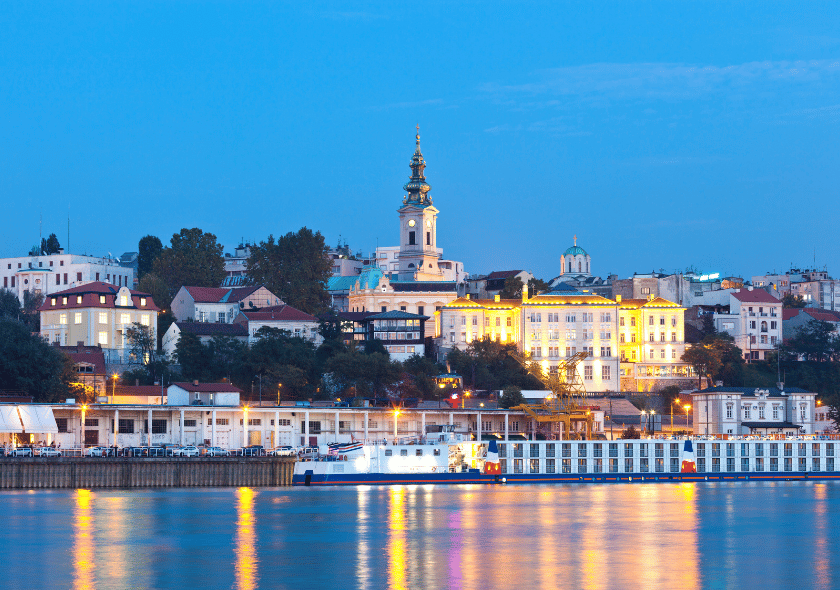
BELGRADE, SERBIA
On our small tour around the capitals of the Balkans, we continued to Belgrade, which was once the capital city of former Yugoslavia. The colorful city, long placed at the junction of two great European rivers (the Sava and Danube), has a history dating from Palaeolithic times to Celtic settlements that began there in the 3rd Century B.C. Belgrade, meaning “the white city,” is one of the most visited cities in Europe, where you can enjoy full sightseeing, architecture, culture, and food.
Also recognized as the cultural heart of Serbia, it has a reputation for wild parties and nightlife. Its major attractions include the world’s second-largest Orthodox church, the still-under-construction Temple of St. Sava, and the historic Kalemegdan Fortress with a mausoleum that houses relics from Josip Broz Tito.
To truly get a feel for this bustling place, plan to spend an extended weekend here. Finally, Belgrade is an excellent set-off point for The Grand Balkan Tour.
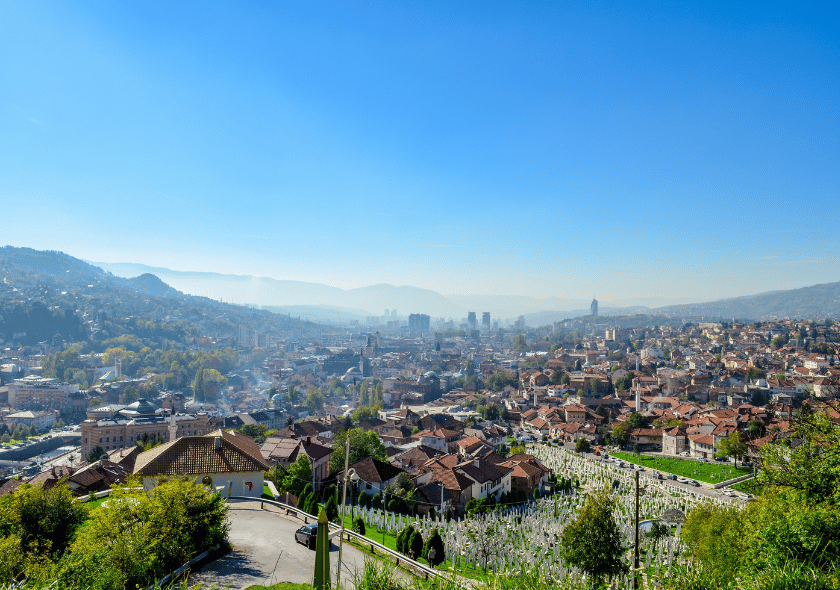
SARAJEVO, BOSNIA & HERZEGOVINA
Arguably the most infamous of all the Balkan capitals, Sarajevo possesses a remarkable history for a city of its size: it’s where the assassination that started World War I took place—an incident that forever changed the course of history. Several decades later, in 1984, Sarajevo held the first Winter Olympics in Eastern Europe, a moment of glory few would have thought would be followed by disaster merely a few years later.
The nearly four-year siege by Bosnian Serbs during the Balkan War left lasting scars on the city, some of which are still visible today. Watch for pink spots on the streets—called the Roses of Sarajevo—where bombshells fell. Since the war’s end, Bosnia & Herzegovina has emerged as an off-the-beaten-path travel destination, fighting for tourists with its neighbor Croatia. It provides a whole lot of authenticity and less crowding for the traveler to explore the Balkans. Sarajevo, with its charming old bazaar called Baščaršija, is typical of this appeal: at the crossroads of East and West, the city lives with a long history and also much religious diversity.
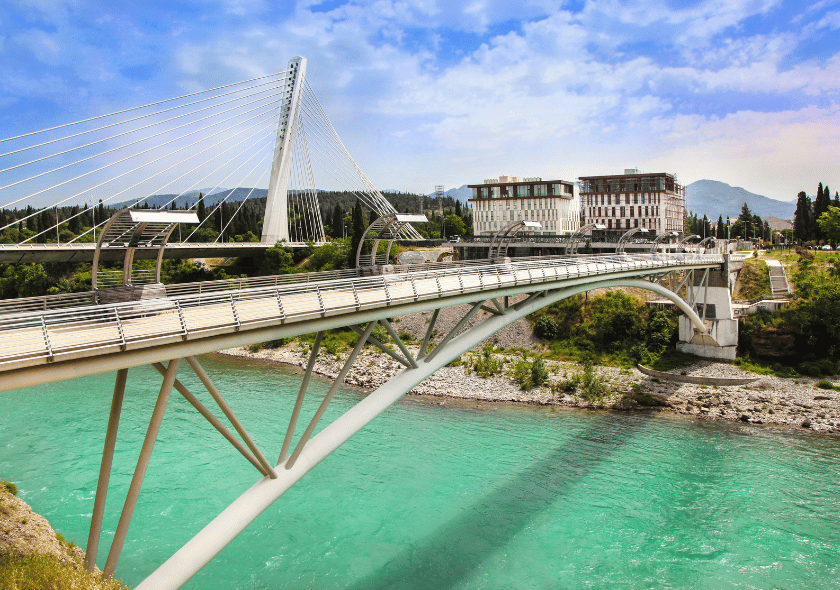
PODGORICA, MONTENEGRO
Podgorica is the smallest, and arguably the least exciting of the Balkan capitals, with little to remind one of terribly beautiful Montenegro. Most travelers take a pass on the capital, though it’s conveniently situated between the Bay of Kotor, Skadar Lake, and Biogradska Gora National Park.
Formerly named Titograd, Podgorica has had a somewhat complicated history—it has changed hands many, many times. The result is an architectural melange of Ottoman, Habsburg, and Soviet-era buildings alongside modern shopping centers.
The small city is located at the confluence of two rivers—the Morača and Ribnica. The city’s sights include the remains of the historic Ottoman neighborhood Stara Varoš and the impressive new Orthodox Cathedral of Christ’s Resurrection, internally lit with one-of-a-kind decoration that includes an image of Tito, Marx, and Engels in hell. Well worth a visit if you happen to be passing through as part of your Montenegrin adventure.
Does exploring the Balkans sound appealing to you? Get in touch with our team at Zadvanturo via ➨ info@zadvanturo.com and organize a personalized tour of the Balkan capitals. You can see all of them on one journey or amble on a solitary city break that suits you best.
We organize individual trips all over the Balkan Peninsula at Zadvanturo and will gladly offer you an incomparable and unforgettable voyage, whether for you, your family, or friends. Learn about the Balkans from local hosts like ourselves and acquire profound knowledge about the complex histories and relationships of the diverse nations living in fragile coexistence with one another in this area of the world.


